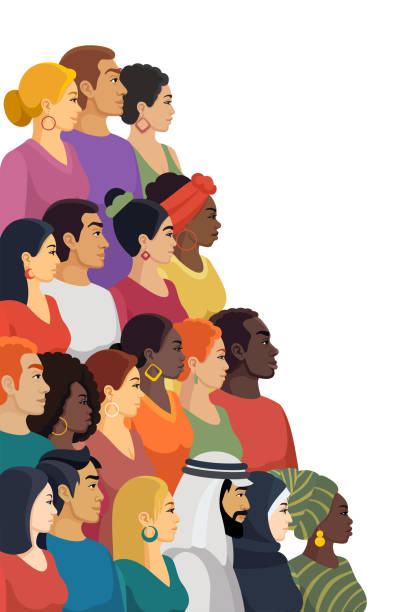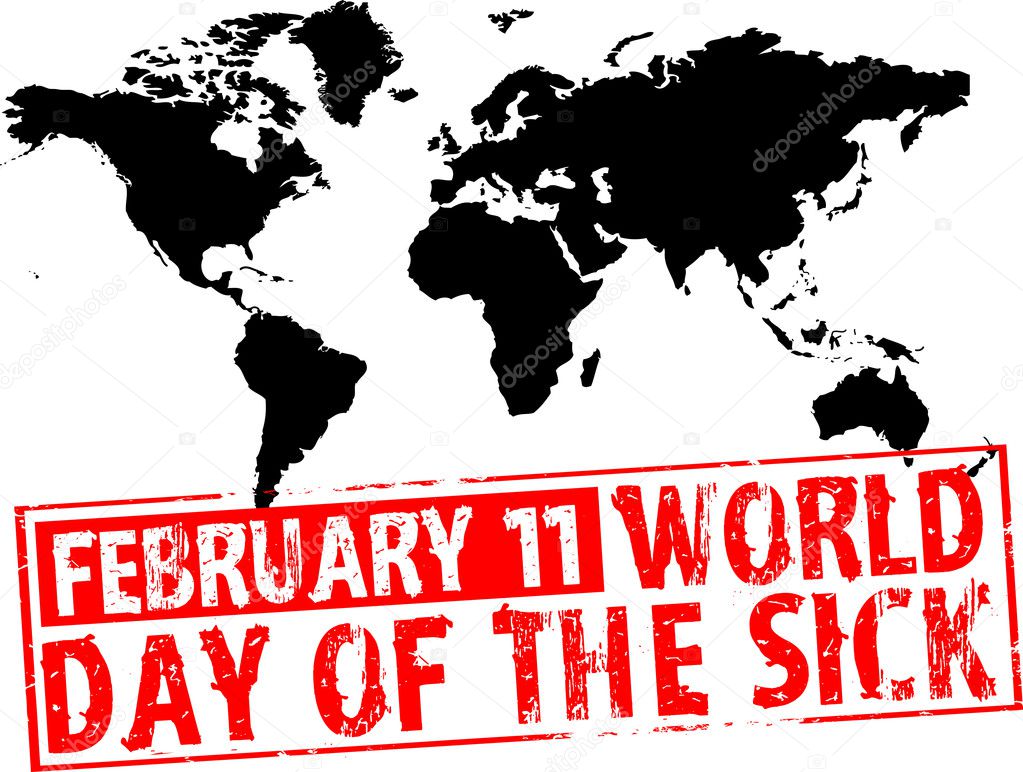
A Catholic professor
in the humanity department of a Catholic university writes about the
Church in her column in the Catholic Peace Weekly as being like the soul
of the world with the Synod on Synodality that will continue until next
year.
There are times when she realizes what it is like to live
as a Catholic. This is the case when people with different languages,
customs, and cultures participate in the Eucharist together at a Mass
held in St. Peter's Basilica in Rome, even though they do not know the
language. You can experience one faith, one Eucharist, and one church.
On
the other hand, even though they are the same Catholic Church, they
also know they are different from each other. The churches in Europe and
Asia are different, and even within Asia, the situation within each
country is so different that the methods of coping with it are bound to
be different. So sometimes we ask if "one solution, one answer" is
possible.
The hot issue in Catholic churches around the world
right now is Synodalitas. Pope Francis said that the synodalitas journey
is the path that the Lord expects from the 3rd-millennium church, and
since then, churches around the world are moving along with synodalitas.
Of course, the way each country responds to this will be different.
French
theologian Yves Congar said that over the past 2,000 years, the church
has repeatedly attempted reform, most of which began "from below" and
"from the fringes". It is said that the reformation of the church was
successful when the change that began through concrete life changes on
the part of believers, religious, and clergy met with “a movement from
above,” that is, with the magisterium. Of course, if it started “from
above,” it succeeded when it met “movement from below.”
Synodalitas
goes beyond the direction set forth by the Second Vatican Council and
is greatly influenced by Pope Francis. And it seems that the
characteristics of “from above” are more strongly revealed in that the
‘Vatican Synod’ is moving as the main axis and the local church must
continue to cooperate and participate with their opinions. Perhaps this
is why the local church complains of a kind of weariness.
Nevertheless,
there are too precious motives and fruits that cannot be overlooked. In
the first place, each local church, parish, diocese, or country, wanted
to hear the voice of the people of God through the holding of a synod.
It was to be a meeting of the whole people of God by doing so. In
addition, how much joy, comfort, and hope the people of God experienced
through the Synod is well shown in the ‘Work Documents by Continent’.
Although the 'stimulus' came 'from above', it brought to the surface the
diverse and lively voices and hopes of the people of God.
Some
voices, of course, must be discussed at the level of the universal
Church. But in fact, the different voices that come out of the various
ecclesial communities are their treasures. It is our responsibility to
create and develop our community based on these voices in our place of
life, Korean society, parish, diocese, and each community. We don't just
react to external stimuli, we actively use them. That is if the truth
we discover is correct because of that stimulus.
What is clear
is that the church that realizes synodalitas is a church in which
clergy, religious, and laity enjoy equal dignity as children of God, are
connected by brotherly love, respect each other's roles, and bear
witness to Christ together. And this is the original spirit of the
Catholic Church. Whether it is coming from above or coming from
below what is important, is it precious, and necessary then can't we
make it ours?





